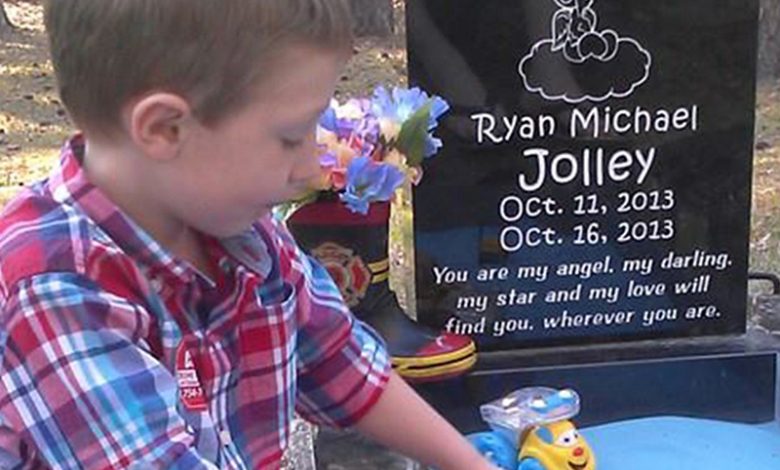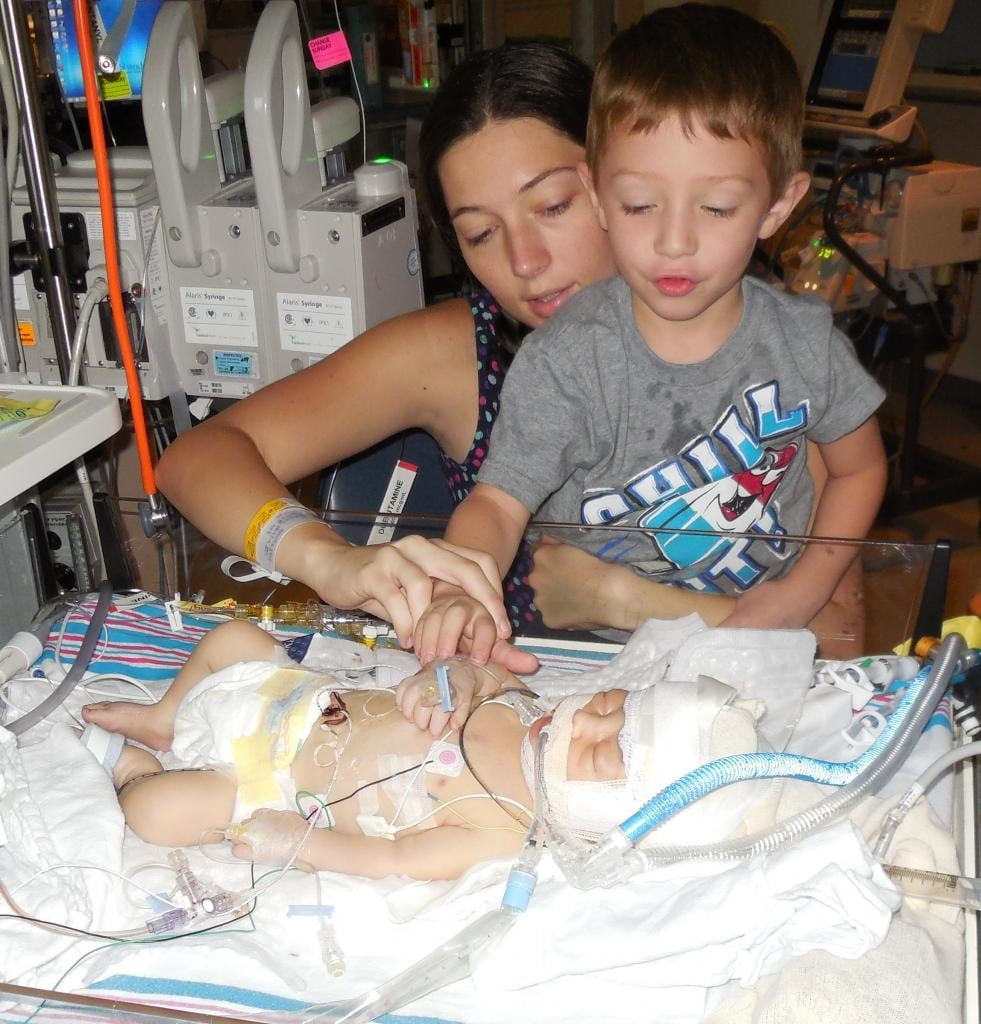
A grieving mom’s thoughtful gesture for her toddler is prompting tears and an outpouring of support from parents who have lost a child.Ashlee Hammac, who lives in Lake City, Fla., decided to add a sandbox to the grave site of her baby boy so that her older son, Tucker, would be more comfortable visiting the resting place.“I wanted him to have a happy memory with his brother and not the memory
Ashlee Hammac added a sandbox to her baby son’s grave so that her older son could have happy memories of his brother.Today
A grieving mom’s thoughtful gesture for her toddler is prompting tears and an outpouring of support from parents who have lost a child.

Ashlee Hammac, who lives in Lake City, Fla., decided to add a sandbox to the grave site of her baby boy so that her older son, Tucker, would be more comfortable visiting the resting place.
“I wanted him to have a happy memory with his brother and not the memory of his mama crying for days,” Hammac, 24, told TODAY Moms.
“Since we’ve had that out there, he’ll actually ask sometimes to go and play with baby Ryan… He calls that baby Ryan’s house.”
Ryan was born last October, one day after Hammac’s birthday.
When he arrived, Ryan didn’t cry and he wasn’t breathing. Doctors told Hammac her placenta had ruptured and a team of nurses whisked the baby away before she got a chance to see what he looked like.

Doctors finally got Ryan’s heart to beat, but the little boy was suffering from severe hypoxic ischemic encephalopathy (HIE), a condition in which the brain does not receive enough oxygen. Ryan had no brain activity recorded at any time after he was born, Hammac said. He died five days later.
Hammac, who is a single mom, has been visiting Ryan’s grave every day, bringing 3-year-old Tucker along on days when there was no one else to watch him. She noticed the boy would often want to play on top of the grave and that’s when she got the idea to add the unusual feature.
“He has a sandbox at home and absolutely loves it,” Hammac said. “I think it helps him because he doesn’t get so upset talking about him when he can go out there.”
She posted a photo of Tucker visiting Ryan’s resting place on her Facebook page to show her family. Her mom then allowed a support group to post the picture and the response was overwhelming. Almost 50,000 people have shared the photo on Facebook and 175,000 have liked it.
Hammac had mixed emotions at first about the image becoming so public, but after getting lots of support for her decision and her charity, which raises awareness of HIE, the photo “has felt like a blessing,” she said.
While the photo may strike some as odd, it actually shows something very healthy, said Robin F. Goodman, a psychologist specializing in bereavement issues, She praised Hammac for being open and honest about her baby’s passing and for acclimating her older son to the idea of life and death.
“It’s not a taboo subject in this family,” said Goodman, the executive director of A Caring Hand, The Billy Esposito Foundation in New York, which helps kids and families cope with death.
“You don’t have to hide when something sad happens.”
Young children like Tucker don’t fully understand death and are reacting to the environment around them and the emotions of their parents, Goodman said. It’s not until age 8 or 9 that kids grasp the concept of death.
They also grieve and mourn in their own ways. A toddler, upset that something is different, may regress and have bathroom accidents or tantrums, Goodman said. School-age kids may feel sad, angry, lonely, and be worried the death is their fault or feel scared that somebody else will die. Teens may try hard not to show their feelings, become more isolated or act out with drugs or alcohol.
There are some basic steps parents can take to help kids through grief.
“You want to keep the routine and structure as normal as possible, because it helps give them a sense of security and comfort and stability,” Goodman said.
“Make sure you give them outlets for expressing their feelings… (and) make sure you’re talking with them about what’s going on.”
